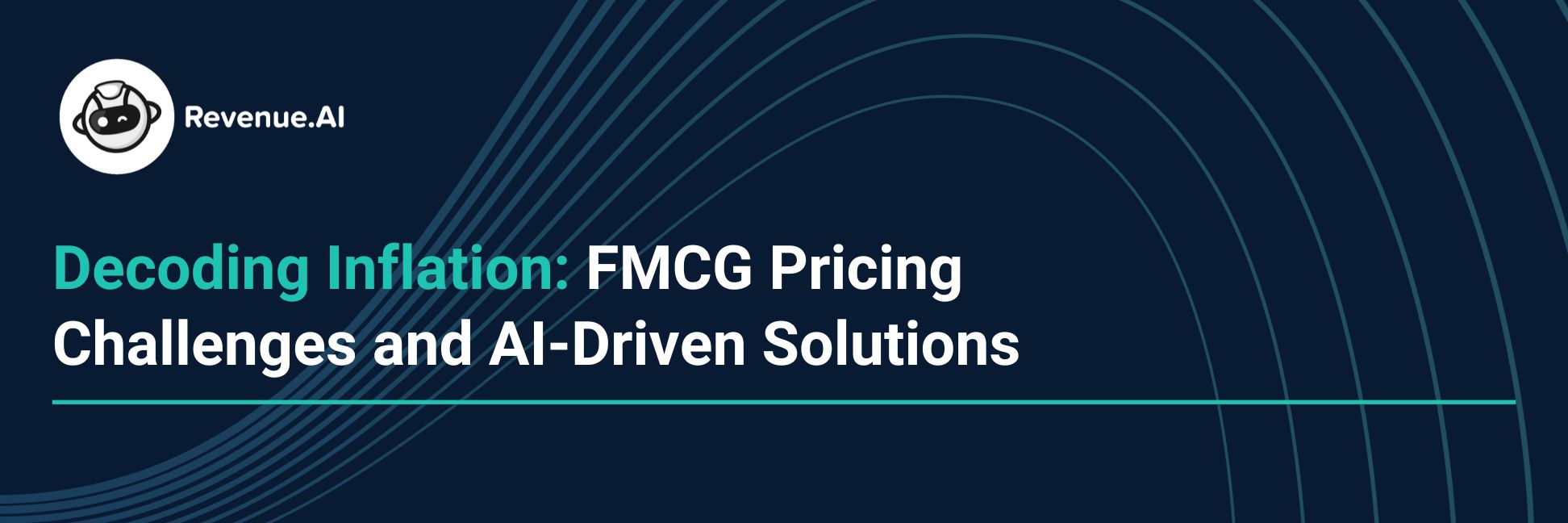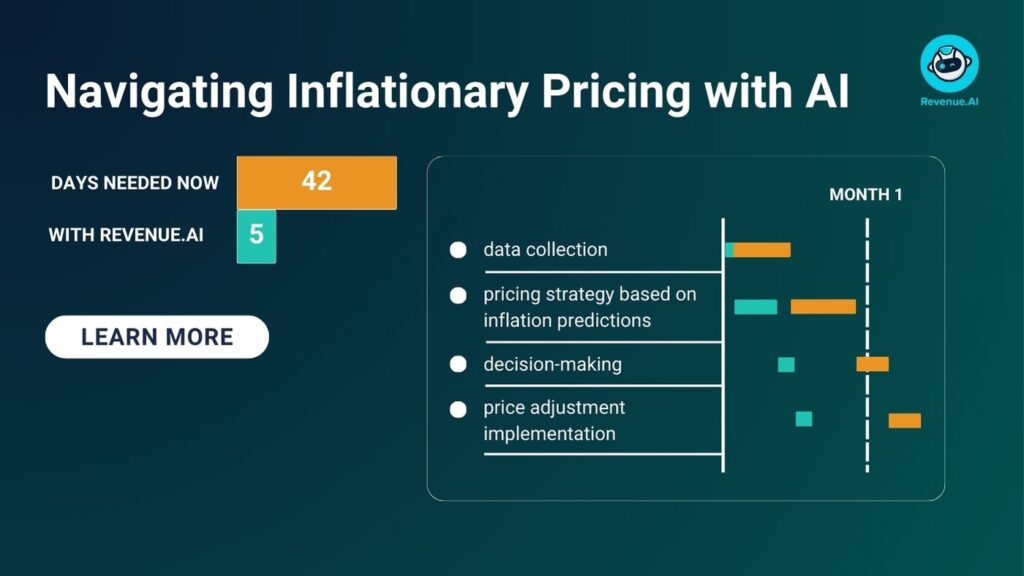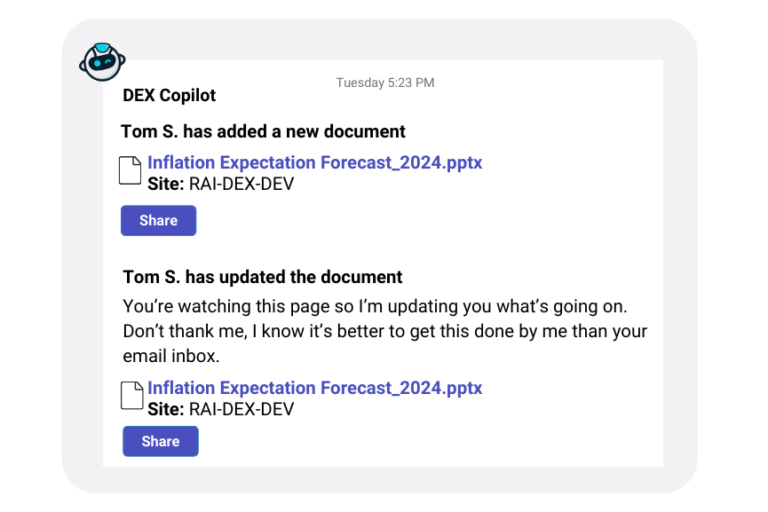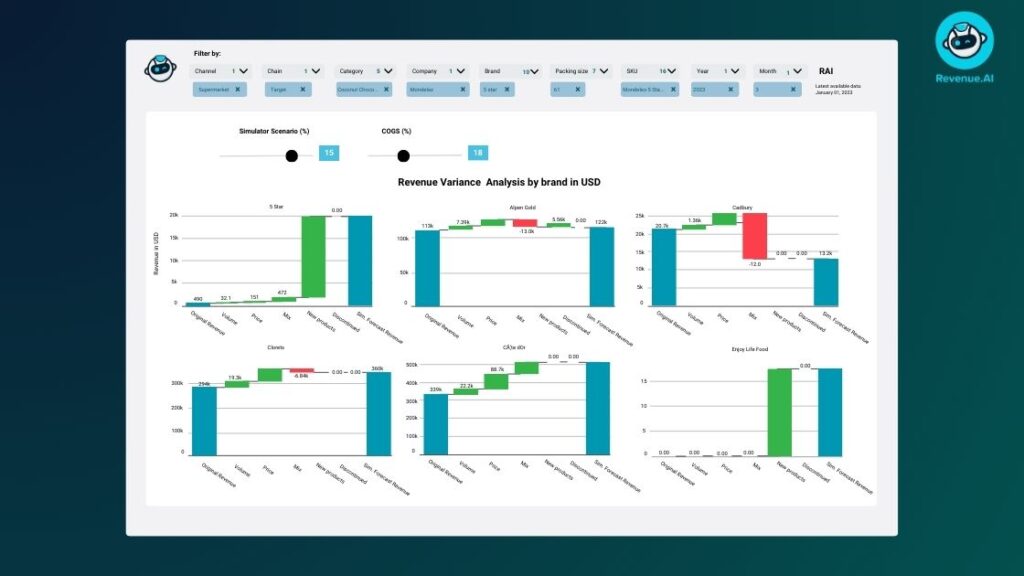
Inflationary Pressures on Pricing in FMCG
In the fast-moving consumer goods (FMCG) industry, companies often face challenges related to inflationary pricing. Fluctuating costs of raw materials, transportation, and production can lead to increased expenses, which may need to be passed on to consumers through price adjustments. Balancing competitive pricing with maintaining profit margins becomes crucial in such scenarios.
During inflationary times, effective revenue management is essential for FMCG companies to navigate inflationary pricing challenges successfully. By strategically optimizing pricing strategies, promotions, and product mix, companies can maximize profits while meeting consumer demands and staying competitive in the market.
Inflation's Toll: The Domino Effect of Poor Pricing Strategies
The consequences of implementing wrong pricing strategies during inflation can have a significant impact on businesses and consumers alike. When prices are not adjusted correctly to account for inflation, businesses may struggle to cover their costs, leading to reduced profit margins or even losses. This can result in layoffs, reduced investments in innovation, and ultimately hinder the overall growth of the business.
On the consumer side, incorrect pricing strategies during inflation can lead to higher prices for goods and services without a corresponding increase in value. This can erode purchasing power, reduce consumer confidence, negatively impact brand loyalty, and ultimately dampen economic activity.
It is crucial for businesses to carefully consider their pricing strategies during periods of inflation to ensure they remain competitive, maintain profitability, and continue to provide value to their customers.
Properly adjusting prices in line with inflationary pressures is essential for long-term sustainability and success in a constantly changing economic environment.
Facing the Inflation Challenge: Strategies FMCG Companies Should Consider
In times of inflation, FMCG companies face the challenge of determining pricing strategies that maintain profitability while also remaining competitive in the market. To navigate this complex landscape, these companies often employ a mix of data analysis, market research, and strategic decision-making.
One common approach is to conduct thorough cost analysis to understand how inflation impacts production costs, transportation expenses, and raw material prices. By having a clear understanding of these factors, FMCG companies can make informed decisions about adjusting product prices accordingly.
Market research also plays a crucial role in pricing strategies during inflation. Companies need to stay attuned to consumer preferences, purchasing power, and competitor pricing actions. This information helps them identify opportunities for price adjustments that resonate with consumers while mitigating the impact of inflation on their bottom line.
Furthermore, FMCG companies may explore innovative pricing models, such as value-based pricing, or dynamic pricing, to adapt to changing market conditions. Value-based pricing focuses on the perceived value of products by consumers, allowing companies to justify price increases based on quality or unique features. Dynamic pricing involves adjusting prices in real time based on demand fluctuations and competitive environment changes. However, the balanced way to determine your pricing, which aligns both competitiveness and profitability, is by using AI-driven simulation. You can learn more about AI-driven pricing here.
Ultimately, navigating pricing strategies during inflation requires a delicate balance between maintaining profitability and meeting consumer expectations. By leveraging data-driven insights and strategic thinking, FMCG companies can effectively adjust their pricing strategies to thrive in challenging economic environments. However, there is an interesting alternative that, when combined with these traditionally successful strategies, can accelerate the time to adjust to the market and your overall business agility.
The AI Advantage for Inflationary Pricing Success
Artificial intelligence (AI) is revolutionizing revenue management practices in the FMCG industry by providing advanced analytics and predictive capabilities. AI algorithms can analyze vast amounts of data quickly and accurately, helping companies identify trends, forecast demand, optimize prices strategically, and align marketing strategies.
AI-powered tools enable FMCG companies to make data-driven decisions that enhance profitability and customer satisfaction amidst inflationary pressures. By leveraging AI technology for revenue management, businesses can adapt swiftly to market changes and stay ahead of the competition.
Let’s review in detail how AI can positively impact inflationary pricing revenue management practices.
AI-Powered Strategies for Inflationary Pricing Mastery
Now, without further ado, what are the benefits of using AI for monitoring economic indicators and adjusting pricing strategies in response to inflation? The table summarizes the practical insights and strategic advantages you can gain from AI-powered analysis.
Key AI abilities for Inflationary Pricing Strategies | Benefits |
|---|---|
Real-time Monitoring | Swift adjustments through AI’s continuous real-time monitoring of commodity prices, as well as internal relevant documents and their changes. |
Scenario Simulation | AI can simulate various price changes, enabling you to assess the potential impact on pricing strategies. |
Insights for Contingency Planning | By analyzing simulated scenarios, AI generates actionable insights that guide managers in developing effective contingency plans. |
SKU Sensitivity Analysis | Optimization of pricing adjustments by AI’s identification of inflation-sensitive SKUs. |
Agile Pricing Adjustments | AI enables pricing to be aligned with current inflationary trends. |
Prioritization of Strategies | Managers can allocate resources and focus on adjusting prices for products that have the most significant impact on overall revenue. |
Continuous Improvement | Provides an iterative feedback loop for ongoing pricing optimization. |
We can conclude that incorporating AI into inflationary pricing strategies isn’t just a smart move; it’s a game-changer for revenue, finance, sales, and general business managers. The practical benefits we discussed—real-time monitoring, scenario simulations, and SKU sensitivity analysis—offer a toolkit for agile decision-making. The AI capabilities, from strategic pricing adjustments to continuous improvement, provide the right acceleration and enablement for navigating economic uncertainties.
Race to Resilience: Contrasting Traditional Approaches with AI-Powered Inflationary Pricing Strategies
Important considerations are also that the disparities between traditional methods and AI-driven processes are easy to spot, resembling a race between a horse-drawn carriage and a high-speed train.
See how our solutions make a difference in speed to action in the image below.

Traditional methods, relying on periodic updates and human analysis, often fall behind in the face of rapidly changing economic conditions. In contrast, AI-driven processes excel at proactive monitoring, ensuring instant adjustments and proactive decision-making based on the latest available information.
Below is a quick example of how having an RGM Copilot can ease your relevant access to information:

All internal documents kept in Confluence and SharePoint can be tracked by Dex Copilot, developed by Revenue.AI, which can also send out alerts when new documents indicating anticipated inflation are added to SharePoint or scrapped. Learn more about Dex here.
Another important food for thought is that, when it comes to scenario analysis, traditional methods tend to be labor-intensive and may lack precision. Manual simulations of various inflation scenarios are time-consuming, making it challenging to obtain a comprehensive understanding of potential impacts on pricing strategies. AI-driven processes, on the other hand, quickly and accurately simulate diverse scenarios, providing invaluable insights that guide strategic decision-making.
Identifying SKU sensitivity to price changes during inflation is another area where AI outshines traditional approaches. Manual identification of sensitivity can be laborious and may overlook nuanced patterns. AI-driven processes analyze vast datasets with efficiency, pinpointing which SKUs are most and least sensitive. This precision enables revenue managers to make data-driven adjustments that align with the specific dynamics of their product portfolio.
Contingency planning is crucial in navigating economic uncertainties, and here again, the agility of AI-driven processes becomes apparent. While traditional methods rely on human foresight, often resulting in slower responses, AI-generated insights facilitate agile contingency planning based on simulated scenarios. This proactive approach allows businesses to adapt swiftly to changing economic conditions.
Below, we’re sharing a quick example of what Revenue.AI’s solution for inflationary pricing offers.

After Dex Copilot has led us to the relevant document for review, we can then proceed to run multiple inflationary pricing scenarios based on the inflation expectations. We can analyze value, volume, and gross margin outputs in total and at the product level on the platform and share relevant scenarios with leadership approval easily.
Implementing agile pricing adjustments is another critical aspect of staying competitive during inflation. Traditional manual processes may struggle to execute these adjustments swiftly and in alignment with real-time trends. AI-driven processes, however, excel in executing strategic adjustments, ensuring that pricing strategies remain responsive and competitive in the market.
Next, resource allocation is optimized through AI-driven processes by prioritizing resources efficiently based on SKU sensitivity analysis. In contrast, traditional methods may allocate resources sub optimally, lacking the precision and insights gained with AI.
Finally, the iterative nature of improvement sets AI-driven processes apart. While traditional methods may improve gradually through human learning from past experiences, AI-driven processes benefit from an iterative feedback loop. This loop continuously learns and adapts pricing strategies based on the latest economic data, ensuring ongoing optimization in the changing landscape of inflationary pricing.
In essence, AI-driven processes significantly outpace traditional methods by providing real-time insights, swift decision-making, and precise adjustments, marking a transformative shift in revenue management strategies.
Let’s do a quick table review as well:
Aspect | Traditional Practices for Inflationary Pricing | AI-Driven Practices for Inflationary Pricing |
|---|---|---|
Real-time Monitoring | Delayed, periodic updates | Instant, proactive adjustments |
Scenario Analysis | Labor-intensive, less precise | Quick, accurate simulations |
SKU Sensitivity Analysis | Manual, may overlook nuances | Efficient, pinpointing sensitivity |
Contingency Planning | Slower responses, human-dependent | Agile, proactive planning |
Dynamic Pricing Adjustments | Slow execution, reactive | Seamless, real-time adjustments |
Resource Allocation | Suboptimal, lacks precision | Efficient prioritization based on data |
Iterative Improvement | Gradual learning from experience | Continuous adaptation, iterative feedback loop |
The Essential Collaboration of AI and Human Expertise in Shaping Future-Proof Inflationary Pricing Strategies
At the very end, it is important to note that the synergy between AI-driven processes and the indispensable expertise of revenue managers forms the solid foundation for successful inflationary pricing strategies. While AI excels in real-time insights and precision, it is the strategic brilliance and refined decision-making of human input that elevates these strategies to new heights.
The collaboration between technology and human expertise is not just a partnership but a pivotal force, shaping a resilient and adaptive approach to revenue management. In this evolving landscape, the fusion of AI and human insight emerges as the winning formula, ensuring not only immediate success but also a sustainable path forward in the complexity of inflationary pricing.







